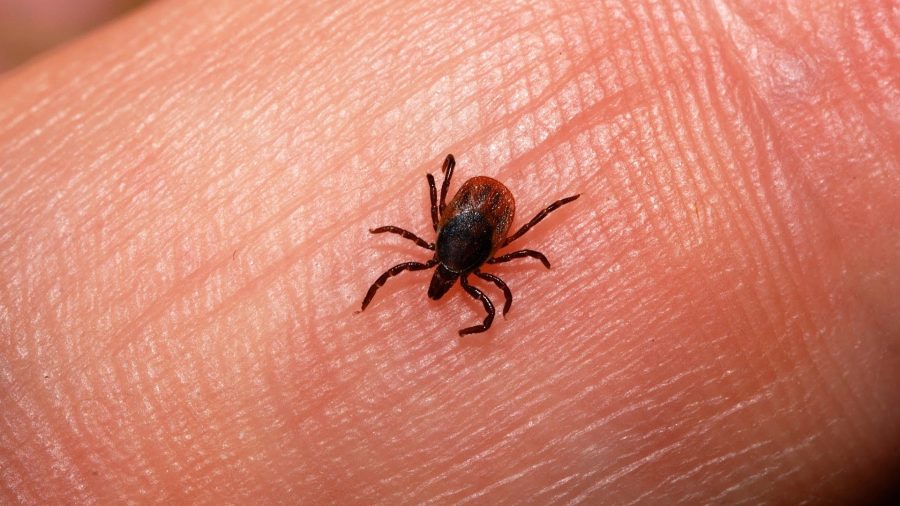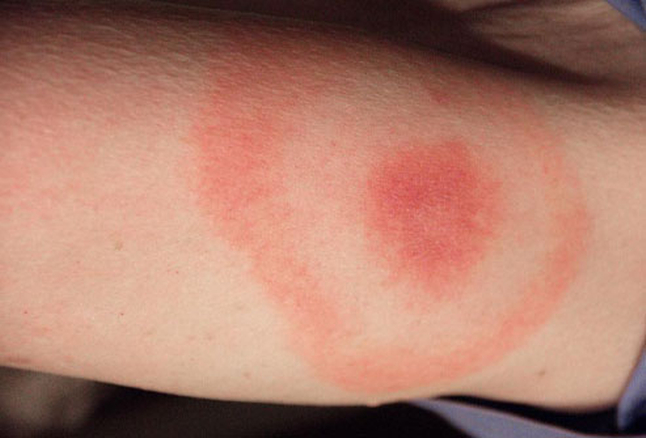In 50 years, researchers have discovered at least 12 diseases carried by ticks. Furthermore, cases of each disease have become more common with each passing year.
The most common disease of all tick-borne diseases is Lyme disease, but many other conditions are becoming more severe as the annual rate of cases increases. Some of these are Borrelia miyamotoi, Borrelia mayonii, Bourbon virus, Rickettsia parkeri, Southern tick-associated rash illness, Heartland virus, Rickettiosis species 364D, Powassan virus, Rocky Mountain spotted fever, Anaplasmosis, Babesiosis, and Ehrilichiosis.

Just like other tick-borne diseases, Lyme disease is not easy to diagnose because its symptoms resemble other conditions that have nothing to do with external bacteria infecting the body. The most common way of proceeding is through antibiotics, and if left untreated, Lyme disease can lead to fatal complications.
Tick bites must be taken seriously
Not every tick carries a disease, and if they do, they cause minor conditions, but this does not mean that they should be ignored. Whenever venturing outside, one must be wary of tick bite marks, because if symptoms start appearing, they should be treated by taking into account that the patient was bitten by a tick.
To remove a tick that has latched onto the skin, one must use tweezers, grabbing it by its mouth. While the body tends to remain on the surface, the tick usually buries its head in the skin. If possible, it is advised to store the tick in a dry container in the freezer to allow doctors to easily identify what condition may develop from its bite. After removing the intruder, it is best to wash the area with soapy water and apply antibiotic cream.

Another common but deadly infection is Rocky Mountain spotted fever. It can be transmitted by ticks, leading to potentially lethal complications including projectile vomiting and kidney failure. This disease is most commonly noted by tiny purple or red spots appearing on the patient’s skin, usually starting on the palms of the hands and then spreading onto the rest of the body.
In New York, there’s the Powassan virus, carried by the local black-legged tick. The disease earned its name from a town in Ontario, Canada, back when it was first diagnosed in 1958. In the U.S. there are at least seven cases each year, particularly on the East Coast and the Upper Midwest.
Powassan virus causes brain swelling which can rapidly put the patient in a coma. If not treated, it can easily cause brain death, which occurs in 10 percent of the cases. Half of the patients who recover from a Powassan virus infection are likely to have permanent brain damage.
There are many cases when a person goes outside for a hike, and just after a couple of days, they are driven to emergencies due to intense headaches and loss of consciousness.
Better than treating tick bites, a greater method is to avoid being bitten in the first place. It is advised to wear long sleeves and long pants, while also using tick spray and performing dutiful checkups in front of the mirror to survey for undetected bites. If you’re an outside person, you should be vigilant in warmer months because tick bites become much more common. Individual awareness appears to be the best solution so far because researchers complain that reducing tick-borne disease cases in towns and neighborhoods is difficult at most.
How researchers plan to handle the issue
N.Y.’s Cary Institute of Ecosystem Studies researchers Richard Ostfeld and Felicia Keesing are working on reducing tick-borne disease cases on a large scale. According to Ostfled, the secret to warding off against ticks may be common mice.
Richard Ostfeld has studied mice for 25 years, and he has determined that ticks love to latch onto them, as they let ticks attach themselves and feed on their face and ears. He has encountered mice with even 100 ticks on their skin. Most of these ticks carrying Lyme disease, anaplasmosis, Powassan, and some more than two pathogens at the same time.

An experiment was launched with the participation of 1,200 N.Y. families. They will put the “tick boxes” in their yards, and some will just spray the insecticide. The experiment is set to last five years, as Ostfeld and Keesing will be checking if the boxes are good for preventing the proliferation of tick-borne diseases.
Ostfeld explains that, for the box to be effective, it should be applied on a large scale, having whole communities working together to significantly reduce the tick population and protect themselves against the deadly diseases they spread.
Source: NPR
